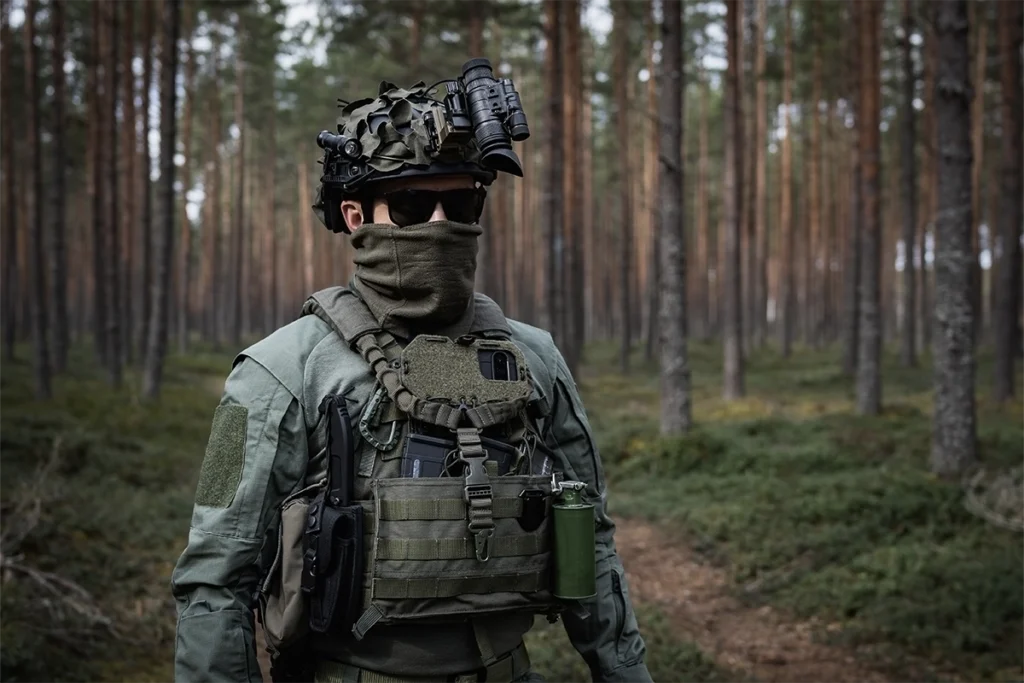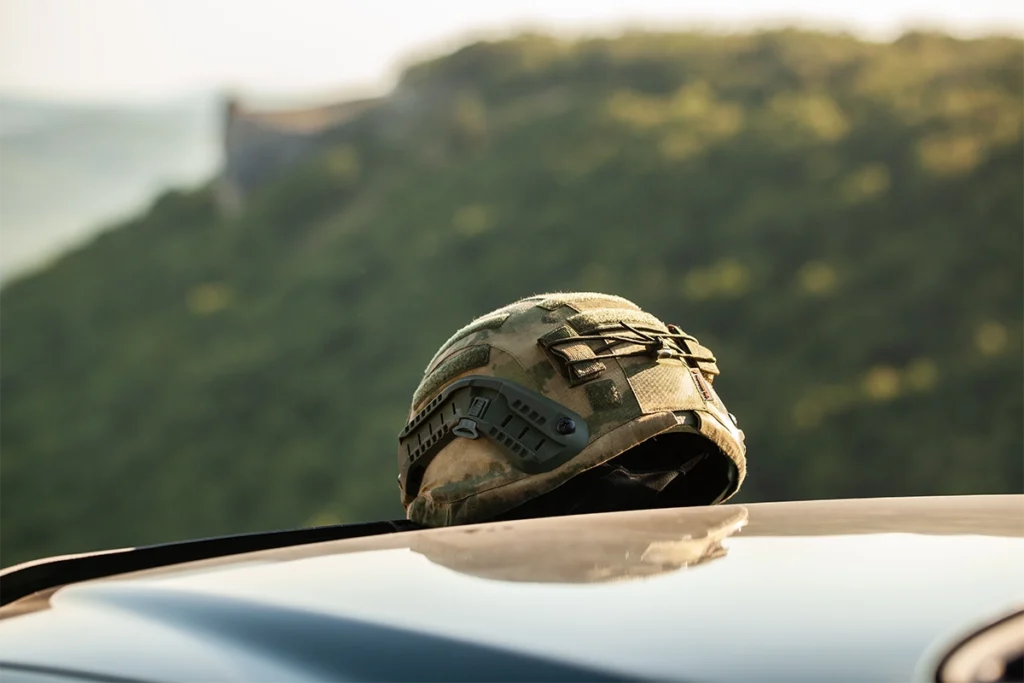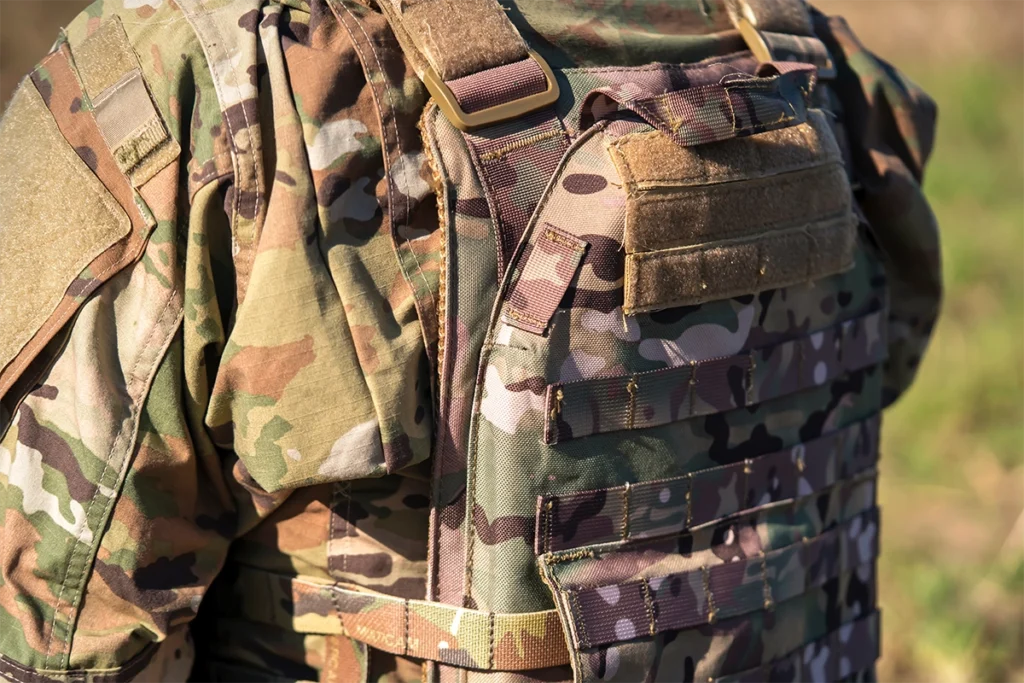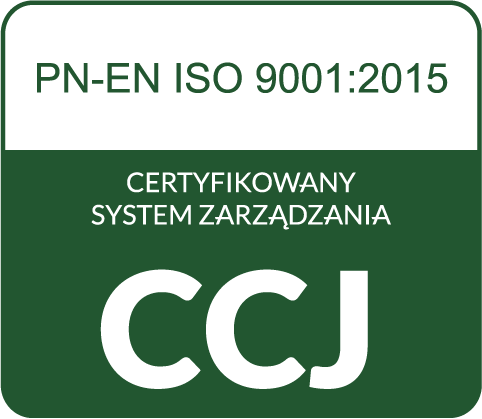Ballistic protection levels – what do they mean? Understanding this is fundamental to ensuring your safety in high-risk conditions. This is not just technical jargon, but primarily a classification system that informs about the ability of a given piece of equipment, like a helmet or plate, to stop a specific type of projectile. Without this knowledge, selecting the right gear becomes impossible.
The most commonly used and globally recognized benchmark is the standard set by the National Institute of Justice (NIJ). This standard, particularly NIJ 0101.06, precisely defines what projectiles and at what velocity a given piece of armor must stop to be qualified for a specific level. The higher the level, the greater the protective capability, but this usually also means increased weight and less flexibility.
What defines the popular level IIIA?
Level IIIA is one of the most common standards in personal protection, especially for soft armor and helmets. It primarily defines protection against pistol and revolver ammunition, including .44 Magnum and 9mm FMJ rounds, as well as from fragmentation. It represents a compromise between relatively low weight and a high level of protection against the most common threats.
In the EU Shields offer, we find numerous products meeting this standard. This applies to Ballistic Military Helmets, including High Cut and Mid Cut models, as well as helmets from the “Made in Israel” line, such as the GIDEON, FAST, and MICH. This standard also applies to lightweight ballistic inserts, like the SAPI Cut Soft Panel plates.

Level III: protection against rifle ammunition
When analyzing the different ballistic protection levels, the jump from IIIA to III is a significant qualitative leap. Level III concerns hard plates designed to stop full metal jacket (FMJ) rifle rounds, typically 7.62mm NATO (M80) ammunition. These are “Stand Alone” plates, meaning they do not require an additional soft armor backer to maintain their protective properties.
In this category, EU Shields offers, for example, the Ballistic Plate 30×25 cm weighing 1.5 kg. This is a solution for individuals needing protection against rifle threats while maintaining the lowest possible equipment weight, which is crucial for preserving mobility during extended operations.
What are level III+ and III++?
The NIJ standard officially ends at Level IV, but many manufacturers have introduced their own intermediate designations, such as III+ or III++. These are not official NIJ classifications but rather marketing terms indicating that a given plate exceeds the requirements of the Level III standard. This usually means the ability to stop higher-velocity rounds or special ammunition, like the popular 5.56mm (e.g., M193 or M855), which can be problematic for standard Lvl III plates.
In the EU Shields catalog, especially in the “Made in Israel” section, we find a wide selection of plates with these enhanced parameters. Level III+ plates are available in various sizes (from 25×20 cm to 35×28 cm), as well as even stronger Level III++ plates, offering protection against more specific rifle threats.

The highest standard: what does level IV stop?
Level IV is the highest protection rating defined by the NIJ standard. These ballistic protection levels are tested to stop a single armor-piercing (AP) round, specifically the .30-06 Springfield M2 AP ammunition. These are the heaviest and thickest plates, intended for use in extreme threat conditions where fire from weapons using armor-piercing ammunition is expected.
The EU Shields offer includes “Stand Alone” Level IV Ballistic Plates in the standard 30×25 cm size and the 35×28 cm size. Due to their weight (e.g., 2.5 kg or 3.35 kg) and thickness, they are chosen for static tasks or when maximum protection is the absolute priority over mobility.
How to choose the right protection level for the threat?
When deciding on equipment, understanding what ballistic protection levels mean in practice is crucial. The choice should be a conscious balance between the expected threat level and the user’s required mobility and comfort. A Level IIIA helmet protects against the most common battlefield threats, while Lvl IV plates offer protection against sniper rifles and machine guns using AP ammunition.
Risk analysis is fundamental. Do you need lightweight protection against fragments and pistols (Level IIIA), solid cover from rifle ammunition (Level III or III+), or perhaps uncompromising protection against armor-piercing rounds (Level IV)? Contact Us and discover the full range of ballistic helmets and Ballistic Plates from our offer to select gear perfectly suited to your needs.



